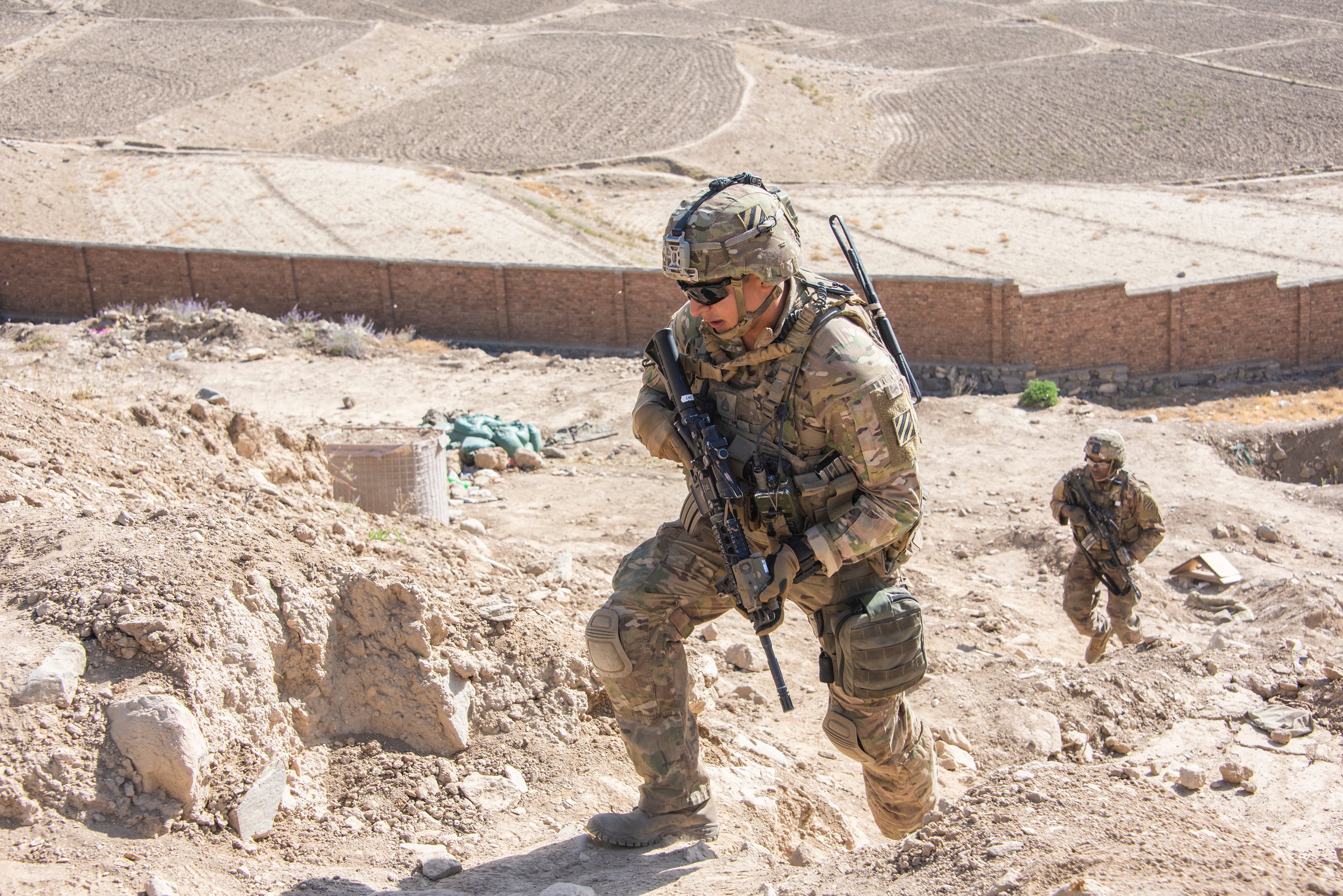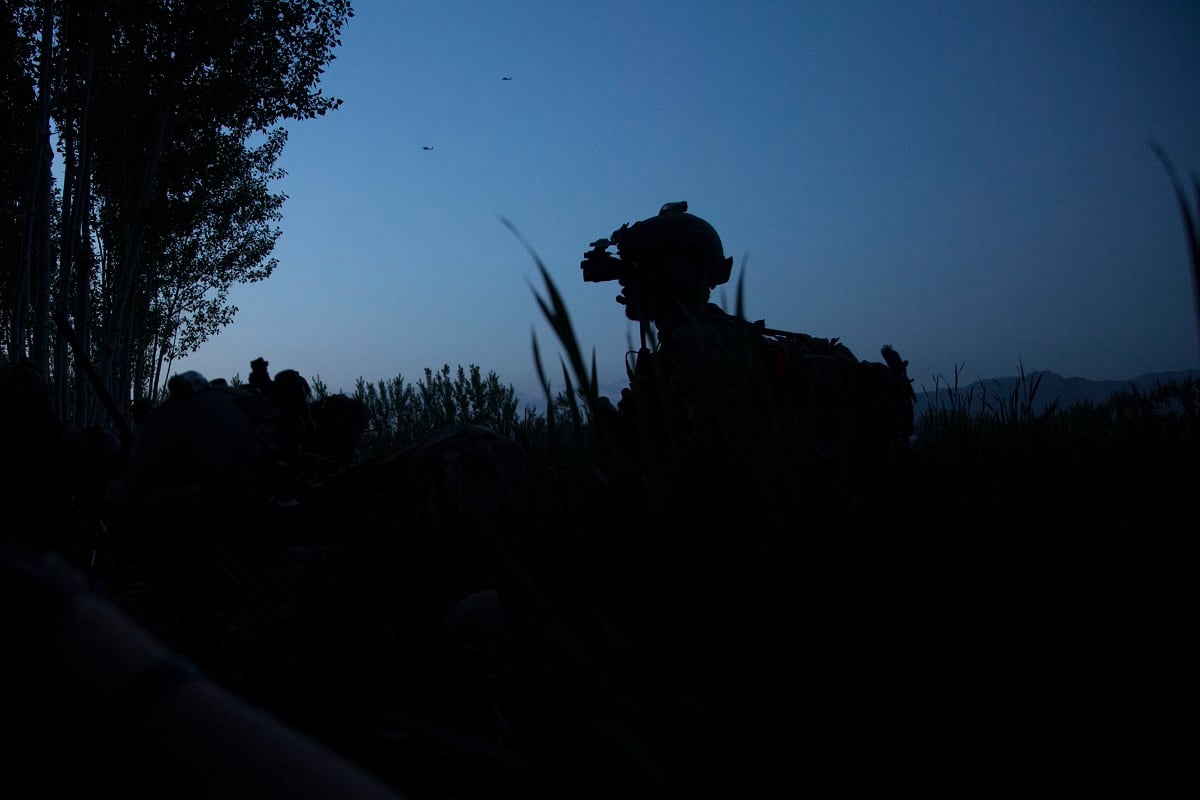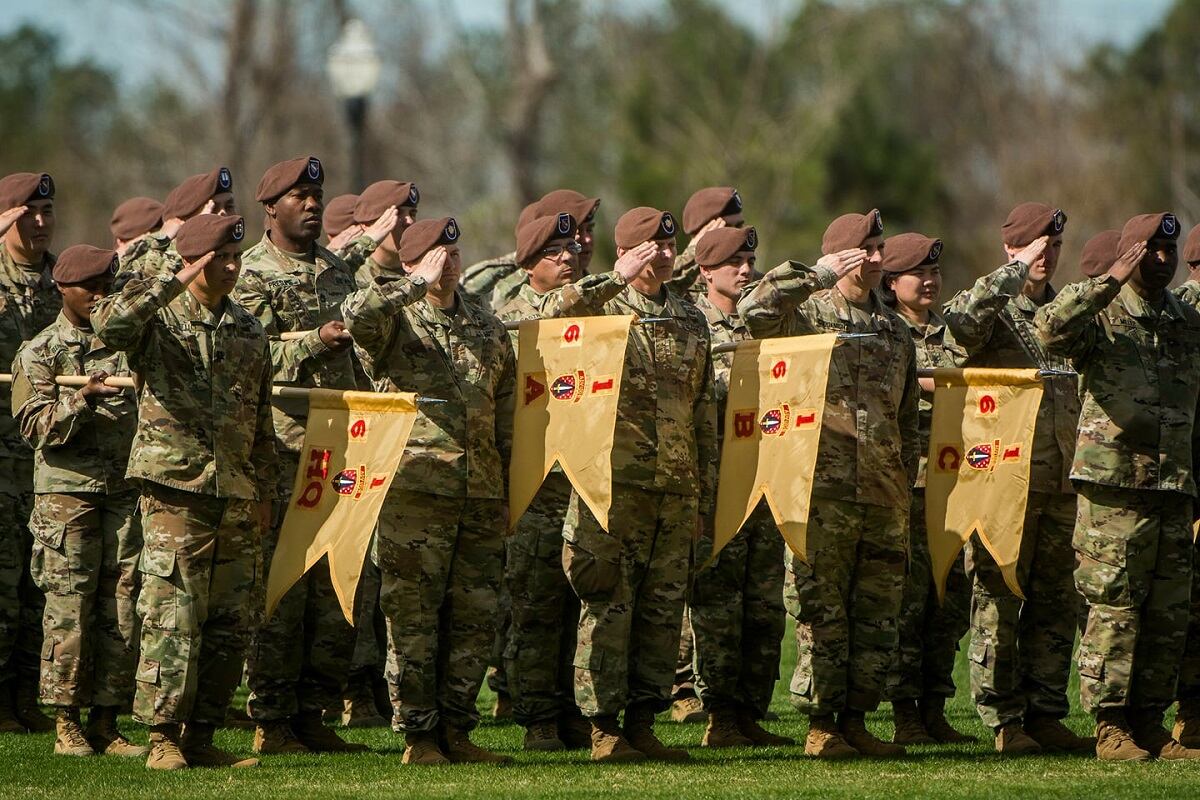The Army’s Security Force Assistance Brigades faced a rocky start during the initiative’s maiden deployment last year, according to the U.S. government watchdog overseeing the mission in Afghanistan.
The 1st SFAB out of Fort Benning, Georgia, deployed to Afghanistan from March through November 2018.
But when they landed in country, about 20 percent of the unit’s military advisers had never actually deployed, according to John F. Sopko, who leads the Special Inspector General for Afghanistan Reconstruction, or SIGAR.
“And even though the Army offered a number of incentives for volunteers, the 1st SFAB was filling billets right up to the day that they departed,” Sopko said at the Center for Strategic and International Studies in Washington, D.C., on Monday.
“Adviser roles continue to be seen as not career enhancing in the military, which contributes to high attrition rates — up to 70 percent for the 1st SFAB,” Sopko said.
Those attrition rates limit continuity and institutional memory, which is needed to make the units a long-term way to train partner nations’ forces.
The SFABs’ yearly attrition should be countered by phasing in incentives for Army personnel volunteering for the mission, SIGAR’s lessons-learned report also released Monday recommended.
The Army should also consider creating a primary military occupational specialty for combat advisers, the report said.
During deployment, the 1st SFAB troops also faced bureaucratic hurdles.
“SFABs do not operate under the Combined Security Transition Command – Afghanistan, but are rather under the U.S. commander in the field for operations,” Sopko said. “As a result, many of the advisers were tasked with non-advisory missions. One SFAB battalion was tasked with running an airfield and another was tasked with helping coordinate air attacks.”

SFABs advisers also noted they received little direction from the U.S. advisory mission in Kabul and lacked a unified assessment system to gauge improvements in their Afghan partners over time.
Army Brig. Gen. Scott Jackson, 1st SFAB commander, said in May that his 800-person brigade partnered with nearly half of the Afghan National Army, including more than 30 Afghan battalions and 15 brigades.
“I believe we could only accomplish our mission and reach these milestones and validate the effectiveness of an SFAB because the Army got it right — the Army issued us the right equipment, and provided us the right training to be successful," Jackson said in a Pentagon release.
SIGAR’s report wasn’t all bad news either. SFAB personnel reported a two- to three-fold increase in Afghan National Army-led offensive operations in areas where their teams were advising.
“However, our report also notes that that review, done by the 1st SFAB unit, also noted many of the same challenges identified by advisers who had served in Afghanistan years before, such as delayed team formations, the assignment of non-adviser tasks and mid-deployment assignment changes,” Sopko said.
RELATED

The 1st SFAB troops also faced a risk-adverse leadership, according to SIGAR’s report.
“Drive-to-advise and fly-to-advise missions as short as five minutes away from their base often required a lengthy and difficult approval process," Sopko added.
While pre-deployment training for SFAB units has improved, SIGAR’s report states that the training still fails to provide instruction tailored specifically to their mission in Afghanistan.
Many advisers, for instance, were unaware that the Afghan security forces prioritize the evacuation of deceased personnel over critically wounded based on their religious customs, according to the report.
“We briefed a senior U.S. general who said ‘oh my god, we knew that in 2001, they’re still not training that to our staff?’” Sopko recalled.
Knowledge of these critical command and control relationships and important aspects of Afghan military culture are important for U.S. advisers to be successful from day one of their deployment, SIGAR’s report reads.
Earlier this year, the 2nd SFAB followed up the 1st SFAB, deploying to Afghanistan from its home base of Fort Bragg, North Carolina.
The 3rd SFAB activated this month at Fort Hood, Texas, and will have a Joint Readiness Training Center rotation later this summer as it prepares to deploy next.
The 4th SFAB was also stood up earlier this year at Fort Carson, Colorado. A fifth active-duty SFAB is expected to be based out of Joint Base Lewis-McChord, Washington.
Kyle Rempfer was an editor and reporter who has covered combat operations, criminal cases, foreign military assistance and training accidents. Before entering journalism, Kyle served in U.S. Air Force Special Tactics and deployed in 2014 to Paktika Province, Afghanistan, and Baghdad, Iraq.





